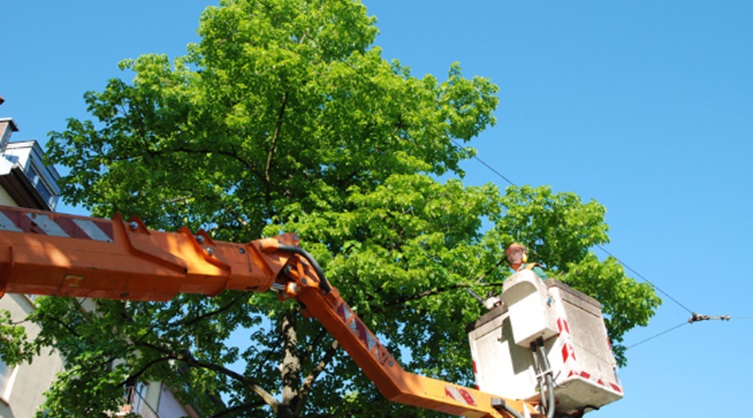
Proper Tree Trimming Angles and Methods
Tree trimming plays a critical role in ensuring the health and longevity of your trees while improving the safety and aesthetic appeal of your property. Professional tree trimming in Canton, GA, is essential to encourage proper growth patterns, remove dead or hazardous branches, and enhance the natural beauty of your trees. However, achieving optimal results requires adhering to specific trimming angles and methods. Understanding the right techniques ensures your trees receive the care they need to thrive.
Why Tree Trimming Requires Precision
Tree trimming isn’t just about cutting branches; it’s about knowledge, skill, and precision. Improper cuts or angles can stress the tree, open it to diseases, or even result in long-term damage. Correct methods, on the other hand, support healthy growth and fortify the tree’s natural structure. It’s a task best left to specialists who know how and where to make the right cuts.
The Importance of Correct Cutting Angles
The angle at which a branch is trimmed has a significant impact on the tree’s recovery and health. Ideal cutting angles are slightly downward and away from the trunk, following the branch collar’s natural curve. Cutting too close to the trunk, or “flush cuts,” can expose the tree to decay. Conversely, leaving too much of a stub hinders healing and looks unsightly. Striking the right balance allows the tree to heal quickly and promotes healthy regrowth.
Professionals also consider branch weight and positioning before making a cut. They use precision tools to ensure the angles are neither shallow nor too steep—both of which can harm the tree.
Effective Tree Trimming Methods
For trimming to bring long-term benefits, the methods used must align with the tree’s species, growth stage, and overall health. Professionals utilize several trimming methods to ensure optimum tree care.
Crown Thinning and Reduction
Crown thinning involves selectively removing branches to allow better airflow and sunlight penetration through the canopy. This method reduces the risk of breakage from heavy winds or storms while ensuring enough light reaches lower limbs. Crown reduction, on the other hand, is performed to reduce the tree’s height and protect it from growing into power lines or other structures.
These techniques demand a skilled hand, as removing the wrong branches can shock the tree, leaving it vulnerable to stress and pests.
Structural Pruning
Structural pruning is critical for young or newly planted trees. It involves shaping the tree’s framework by removing competing or poorly positioned branches. This foundation ensures the tree grows with a strong and stable structure. Professional services are recommended for this task, as understanding tree growth patterns and identifying potential weak points require expert knowledge. Understanding the differences between tree pruning and tree trimming is essential for determining the right approach to maintain tree health and structure.
Seasonal Considerations in Tree Trimming
Timing plays a crucial role in how successful a trimming session is. Different species thrive with trimming during different seasons. For instance, trimming deciduous trees in the dormant winter months minimizes stress and rejuvenates them for spring growth. Additionally, the absence of leaves during winter provides a clear view of the tree’s structure, allowing experts to work more efficiently.
Even though trees are less active during winter, trimming efforts can still yield significant long-term benefits. Seasonal tree care is essential, which is why tree pruning and trimming are still important in winter to maintain tree health and prepare them for spring growth.
Choosing Professional Tree Trimming Services
When it comes to proper tree trimming, professional services offer unmatched expertise and precision. Certified arborists understand tree biology and employ correct techniques to minimize damage, encourage natural healing, and support the tree’s overall health and appearance.
Attempting tree trimming without the necessary knowledge or tools can jeopardize not only the tree’s health but also your safety. By hiring skilled specialists, you ensure your trees receive high-quality care tailored to their specific needs.
Conclusion
Proper tree trimming angles and methods are integral to maintaining healthy, beautiful trees that enhance the value of your property. Whether it’s addressing overgrown branches, ensuring structural stability, or protecting against seasonal elements, professional tree trimming can transform the way your trees grow and thrive. Entrusting this task to knowledgeable experts guarantees precision and care, securing the long-term well-being of your trees.








